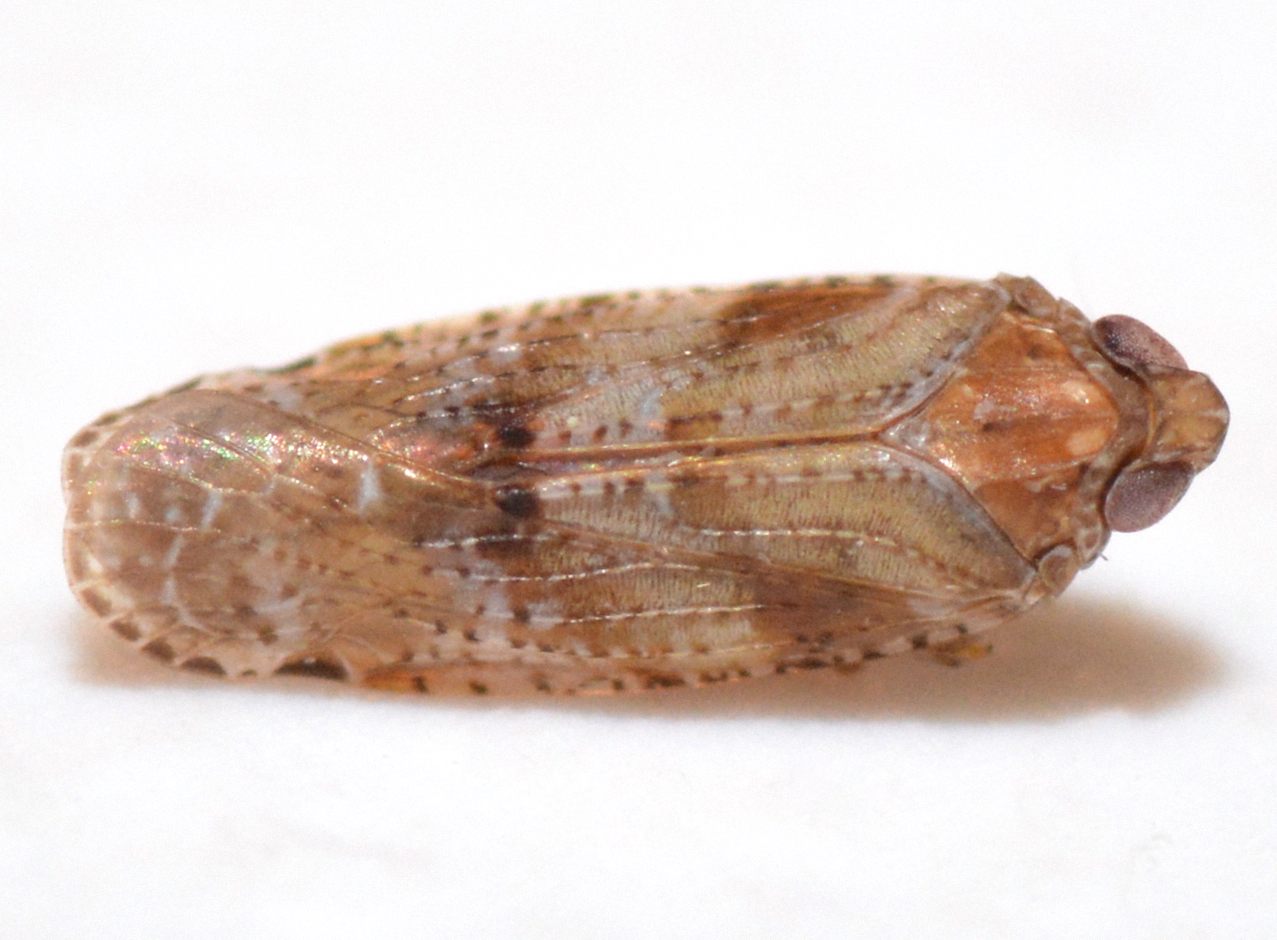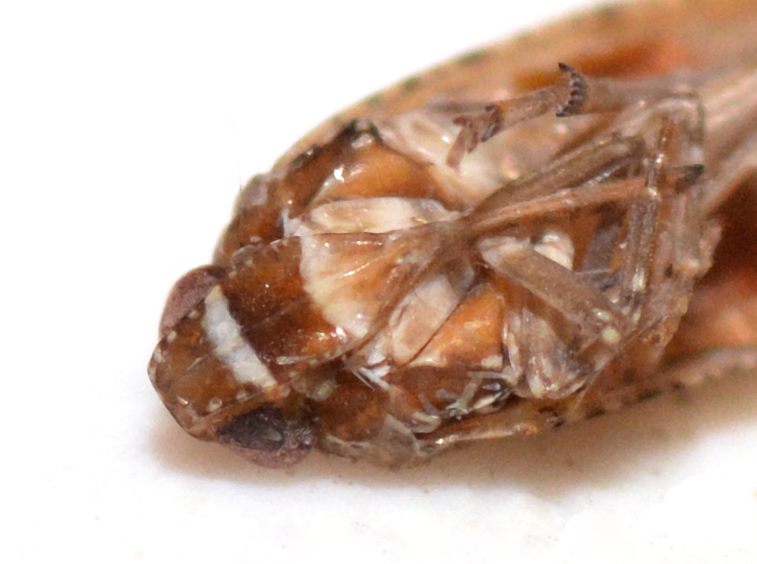| comments |
This species is most similar to Catonia picta and could be easily confused. Both species have similarly colored wings, but in picta there is a broad central transverse grayish-white band; in pini, this band is instead pale brown. Additionally, there is a lot more variation in the coloration of the wing in pini than picta, with the latter primarily being reddish-brown and grayish-white while the former is a mixture of various browns, black and grayish-white. Additionally, the facial pattern in the two species is quite different: in picta, the frons is black and rufous-brown with a white band, whereas in pini the face is brown with a white band. The frons of pini is also similarly colored to that of bicinctura, but that species is very differently colored and patterned across the body and wings. |
Species Photo Gallery for Catonia pini No Common Name |
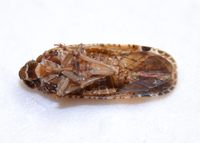 | Photo by: Bo Sullivan
Carteret Co.
Comment: photographed by K. Kittelberger; collected at UV trap. Individual #1, 5.8 mm | 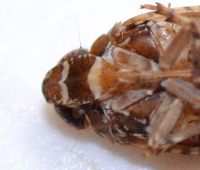 | Photo by: Bo Sullivan
Carteret Co.
Comment: photographed by K. Kittelberger; collected at UV trap. Individual #1, 5.8 mm |
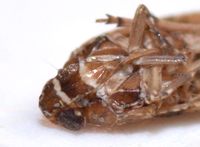 | Photo by: Bo Sullivan
Carteret Co.
Comment: photographed by K. Kittelberger; collected at UV trap. Individual #1, 5.8 mm | 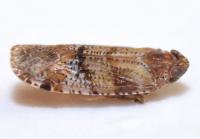 | Photo by: Bo Sullivan
Carteret Co.
Comment: photographed by K. Kittelberger; collected at UV trap. Individual #1, 5.8 mm; #2, 5.6 mm; #3, 5.1 mm |
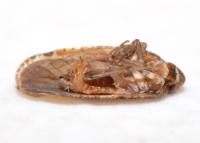 | Photo by: Bo Sullivan
Carteret Co.
Comment: photographed by K. Kittelberger; collected at UV trap. Individual #3, 5.1 mm |  | Photo by: Bo Sullivan
Carteret Co.
Comment: photographed by K. Kittelberger; collected at UV trap. Individual #2, 5.6 mm |
 | Photo by: Bo Sullivan
Carteret Co.
Comment: photographed by K. Kittelberger; collected at UV trap. Individual #2, 5.6 mm | 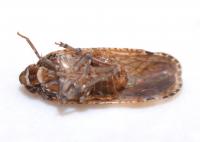 | Photo by: Bo Sullivan
Carteret Co.
Comment: photographed by K. Kittelberger; collected at UV trap. Individual #2, 5.6 mm |
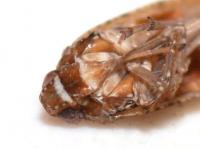 | Photo by: Bo Sullivan
Carteret Co.
Comment: photographed by K. Kittelberger; collected at UV trap. Individual #3, 5.1 mm | 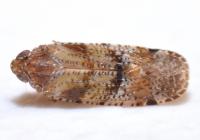 | Photo by: Bo Sullivan
Carteret Co.
Comment: photographed by K. Kittelberger; collected at UV trap. Individual #1, 5.8 mm |
 | Photo by: Bo Sullivan
Carteret Co.
Comment: photographed by K. Kittelberger; collected at UV trap. Individual #3, 5.1 mm |  | Photo by: A.H. Manee
Moore Co.
Comment: This is the holotype of Catonia pini. coll. A.H. Manee VII. 10-26. 1917. NCSU 0045341. Photographs taken by Solomon Henrix. |
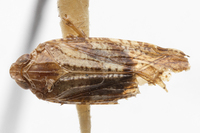 | Photo by: A.H. Manee
Moore Co.
Comment: This is the holotype of Catonia pini. coll. A.H. Manee VII. 10-26. 1917. NCSU 0045341. Photographs taken by Solomon Henrix. | 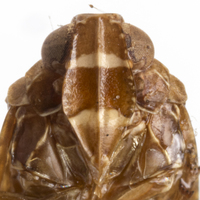 | Photo by: A.H. Manee
Moore Co.
Comment: This is the holotype of Catonia pini. coll. A.H. Manee VII. 10-26. 1917. NCSU 0045341. Photographs taken by Solomon Henrix. |
 | Photo by: A.H. Manee
Moore Co.
Comment: This is the holotype of Catonia pini. coll. A.H. Manee VII. 10-26. 1917. NCSU 0045341. Photographs taken by Solomon Henrix. | 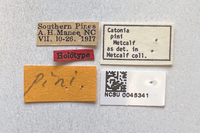 | Photo by: A.H. Manee
Moore Co.
Comment: This is the holotype of Catonia pini. coll. A.H. Manee VII. 10-26. 1917. NCSU 0045341. Photographs taken by Solomon Henrix. |
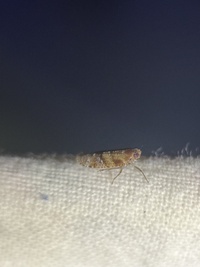 | Photo by: Larry Chen, Sarah Toner, Joshua Emm, Abner Burgos-Melendez
Onslow Co.
Comment: https://www.inaturalist.org/observations/315454646 |

 »
»

